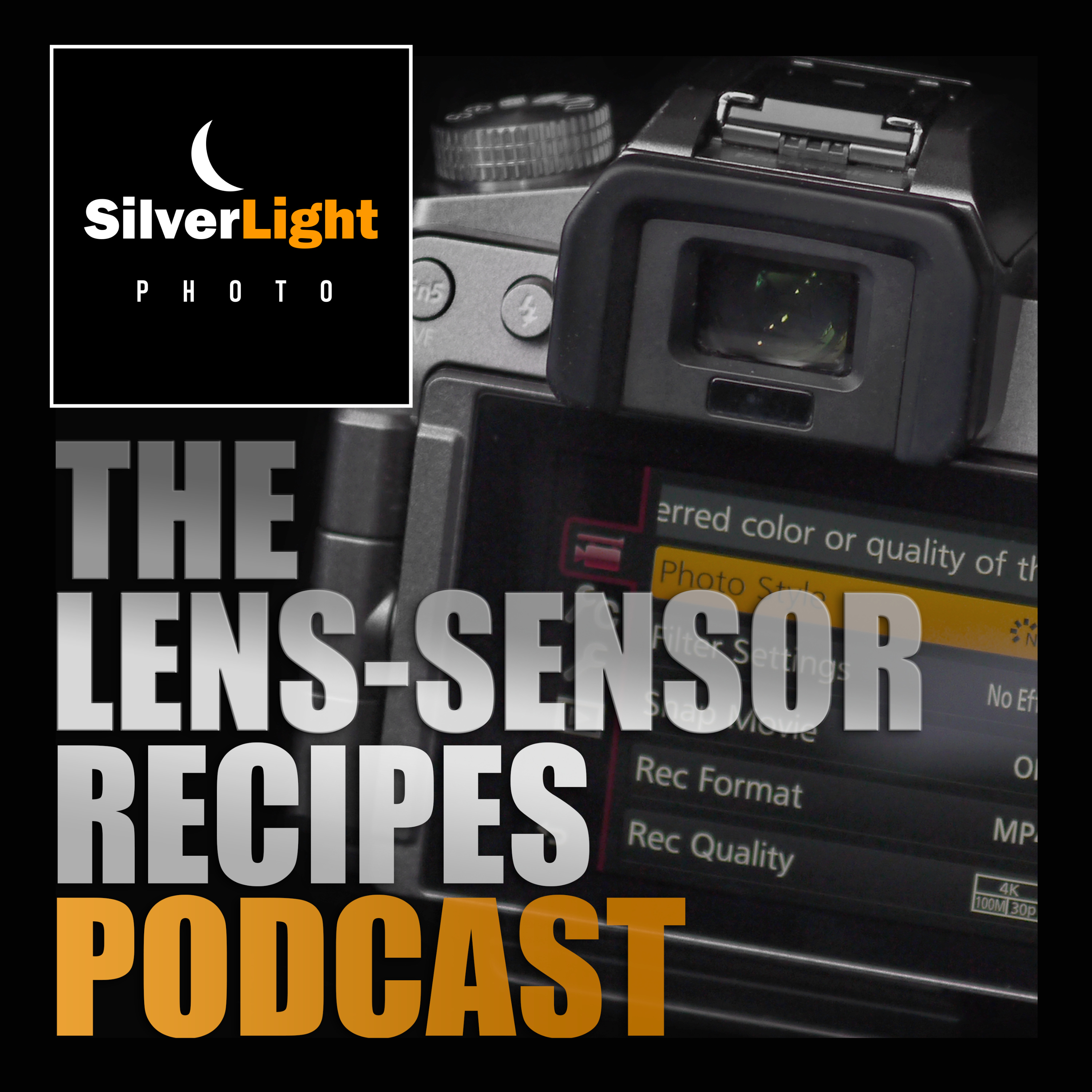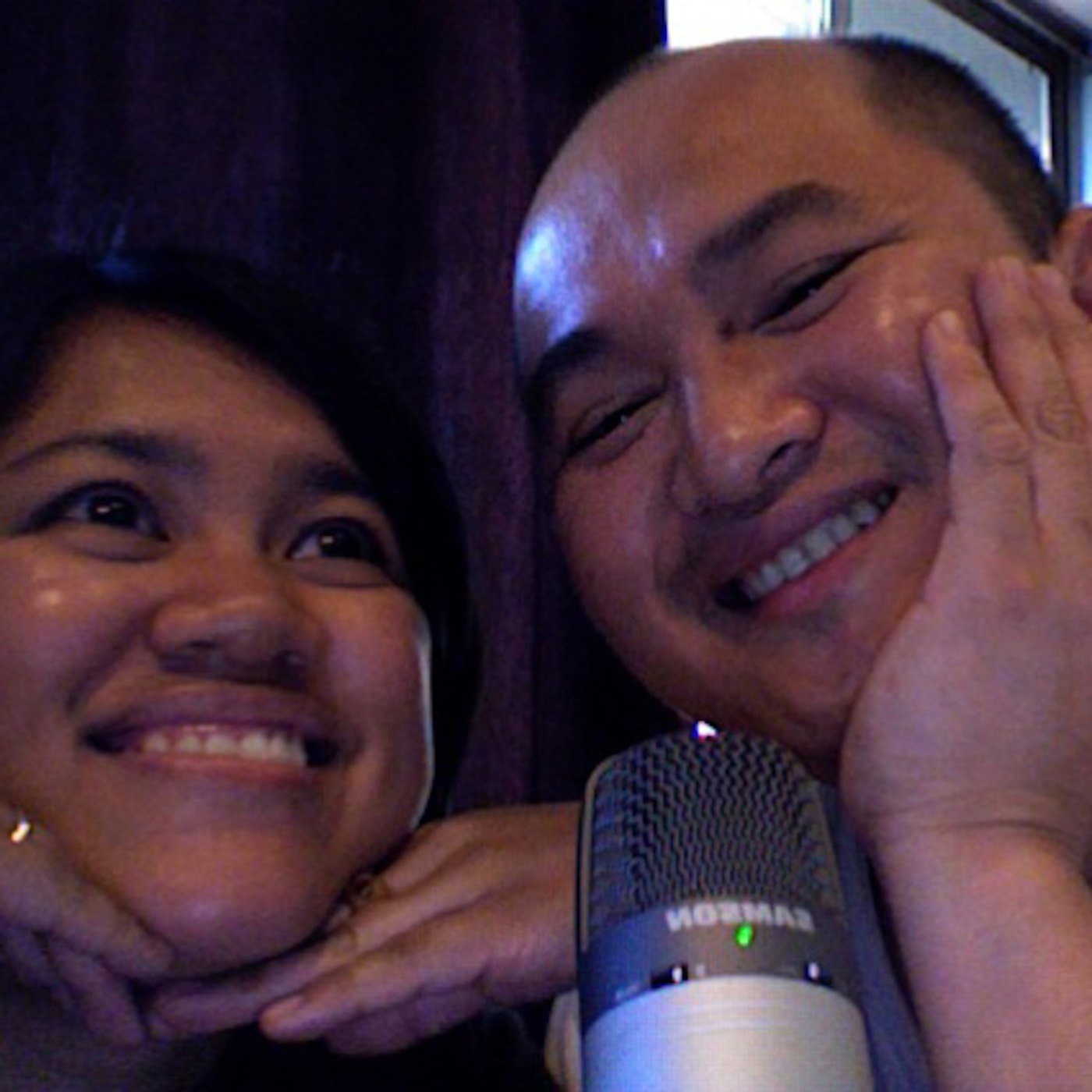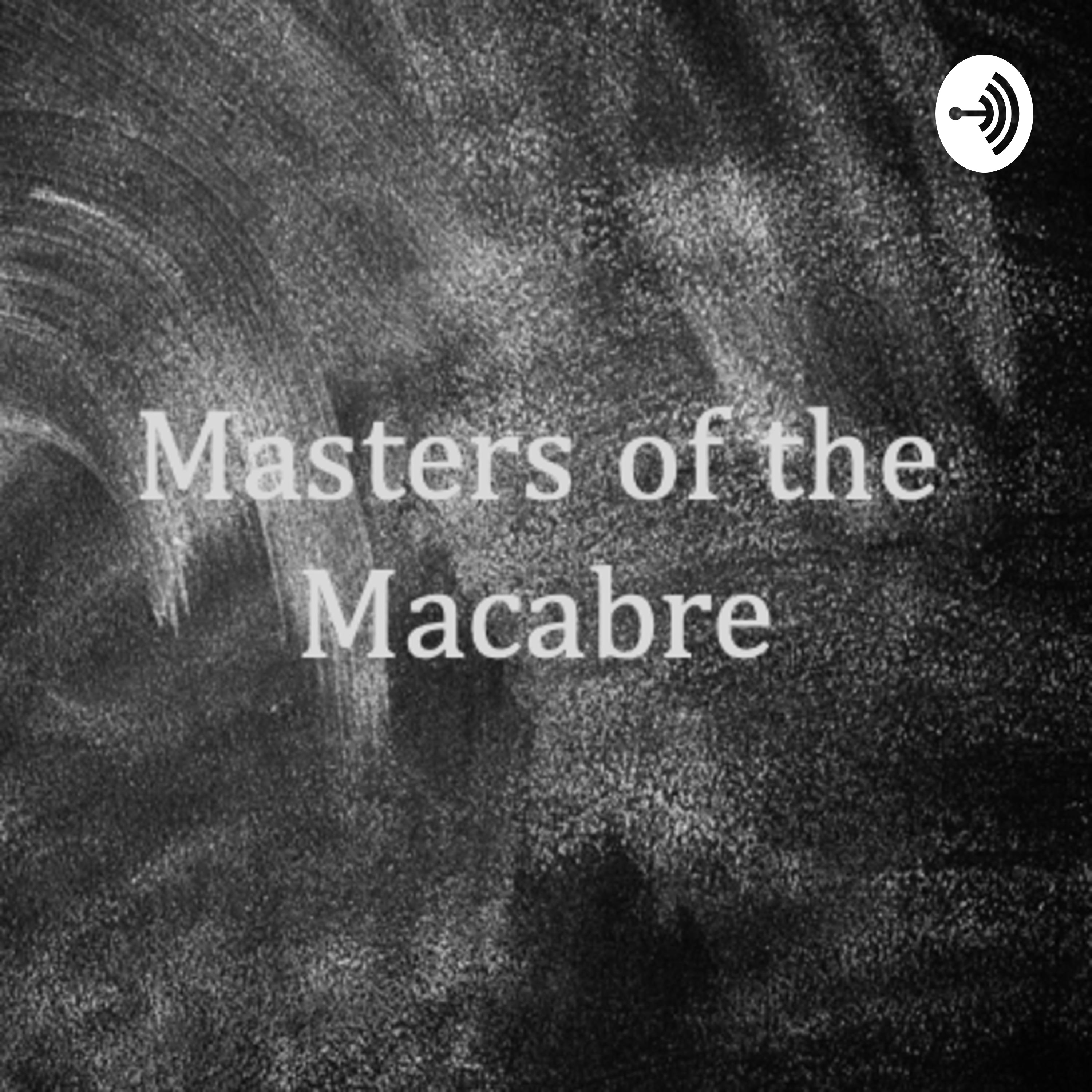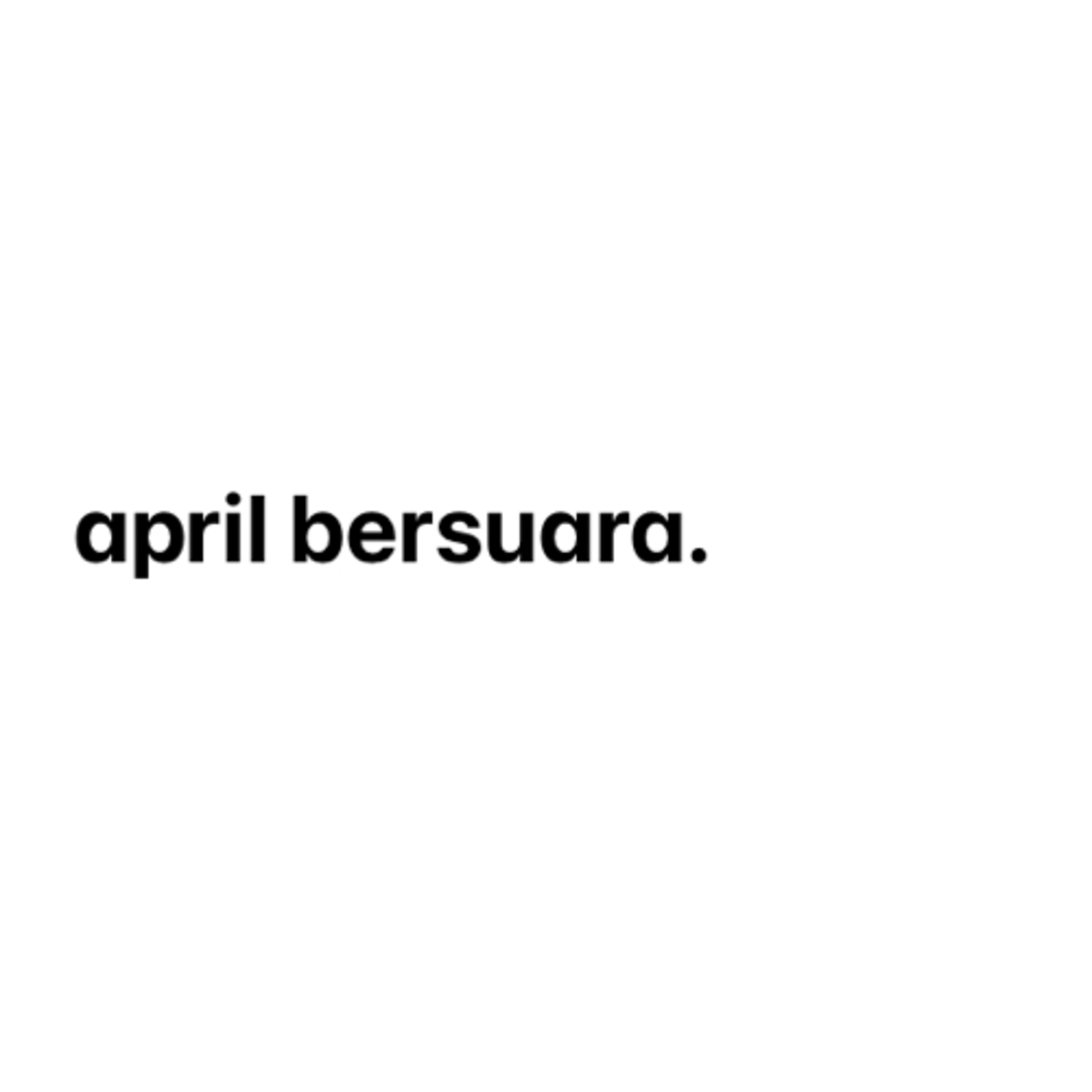 |
The Lens-Sensor LUTs PodcastAuthor: SilverLight Photo Co.
For years, I had searched for the perfect lens-sensor combination; a lens and camera duo that would produce a beautiful image with few adjustments and little post-processing. It would look REAL straight out of camera (SOOC) and be everything I needed and wanted in a camera system. However, as I tested each pair, they all told a different story, and would deliver light to the sensor differently. So, I began tweaking settings, jotting down notes (on index cards) for each lens-sensor combination I tried. I soon realized I needed a database to access all my settings & LUTs, and created my website. Language: en Genres: Arts, Visual Arts Contact email: Get it Feed URL: Get it iTunes ID: Get it |
Listen Now...
Budget Full-Frame Cameras?
Wednesday, 3 December, 2025
SUMMARY:We ask the question "Is there any such thing as an affordable full-frame camera (currently)?" and if it seems like there is no conclusion that's because I haven't reached one, but you can use these raw facts to come up with one.BLOG POST:https://www.silverlightphotoco.com/post/does-sensor-size-matterSPECIAL THANKS:UsedPhotoPro.com (Use below link to get free shipping): https://www.jdoqocy.com/click-100161146-13597005http://www.GafferPower.com#microfourthirds #fullframecamera










